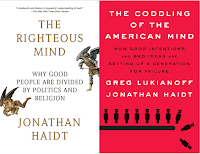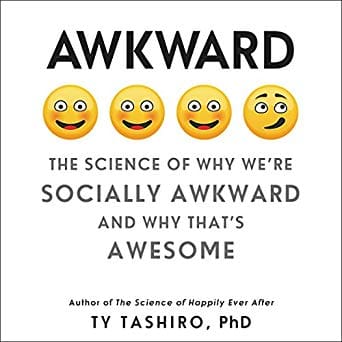
by Jay Medenwaldt | Jan 18, 2020 | Apologetics, Book Review, Evangelism, Persuasion, Psychological Apologetics, Psychology, Science
I’ve been meaning to read Jonathan Haidt’s books, The Righteous Mind and The Coddling of the American Mind for quite a while. In fact, I considered applying to work with him for my PhD because his research is so relevant for...

by Jay Medenwaldt | Jan 14, 2020 | Apologetics, Evangelism, Psychological Apologetics, Science, Theology
If you’ve done any investigation into the debate between evolution and intelligent design (or creation), you’ve probably heard about the giraffe’s neck. Not only do both sides claim it in favor of their position, but they often tout it as irrefutable...

by Jay Medenwaldt | Jan 14, 2020 | Bible Study, Theology
I learned a valuable lesson from this verse, completely unrelated to what the verse actually says! It’s also a lesson I already knew and should have been more careful to pay attention to. When I first set out to memorize this verse, I read several translations...

by Jay Medenwaldt | Jan 13, 2020 | Book Review
Awkward: The Science of Why We’re Socially Awkward and Why That’s Awesome by Ty TashiroMy rating: 5 of 5 stars I stumbled on this book on Amazon and thought it might be interesting and it certainly was, although I’m not sure everyone...

by Jay Medenwaldt | Jan 9, 2020 | Apologetics, Evangelism, Persuasion, Psychological Apologetics, Psychology
You have to meet people where they areor they’ll never get to where you are. Part I of this article discussed paraphrasing as a secret weapon that anyone can use in apologetics or evangelism. All you have to do is repeat what the other person said in your own...






